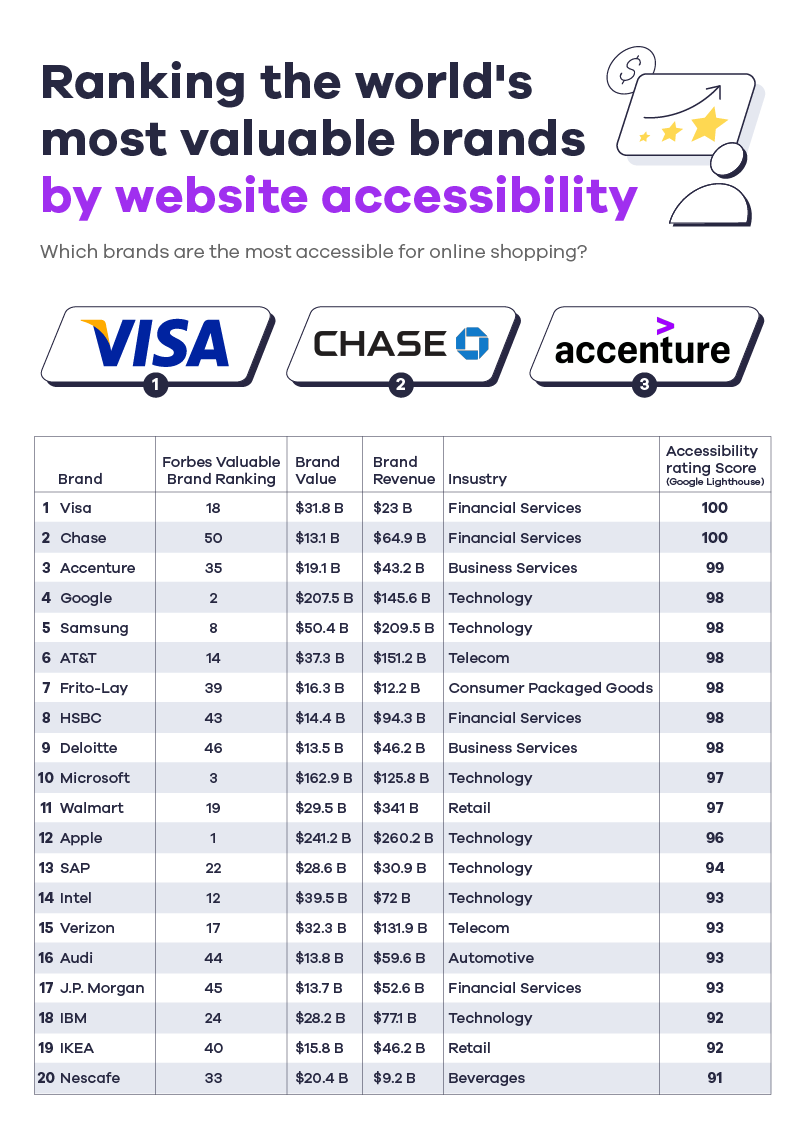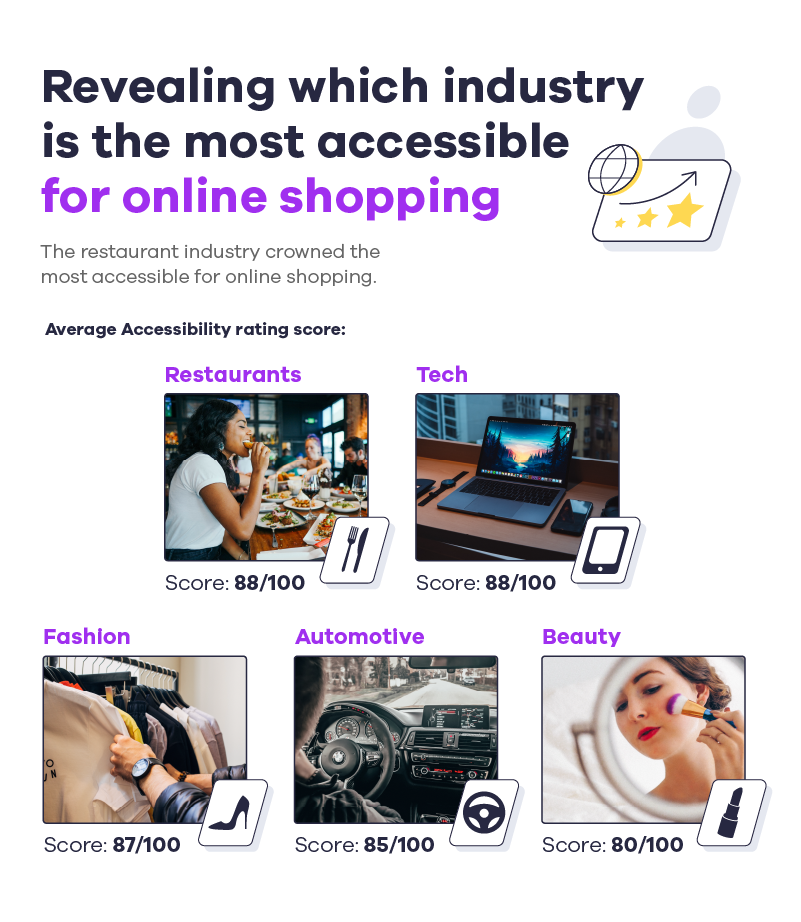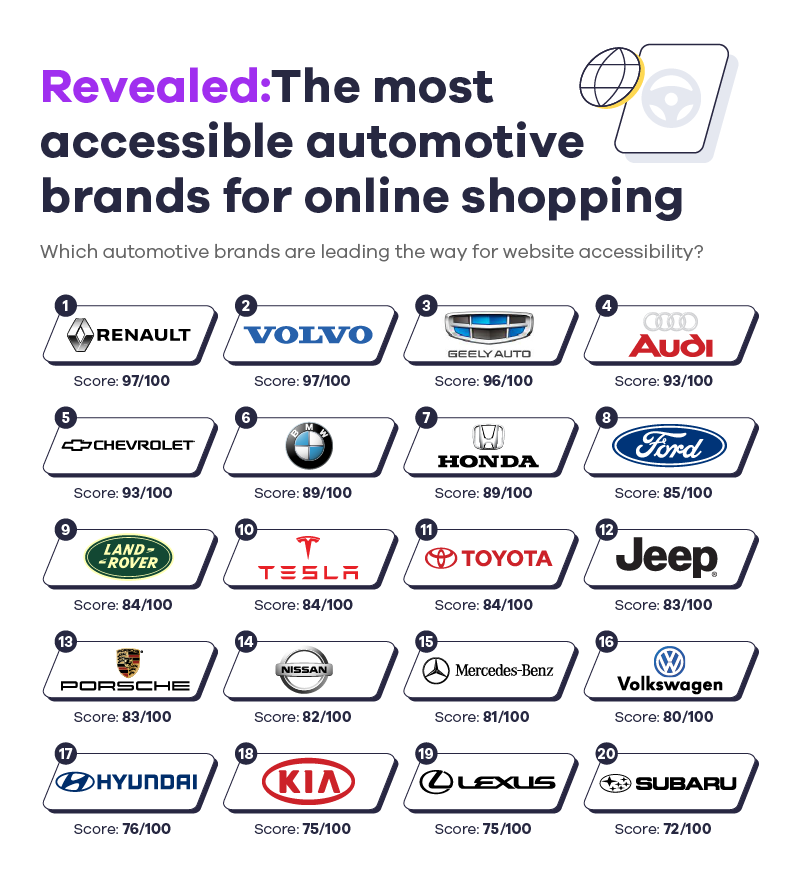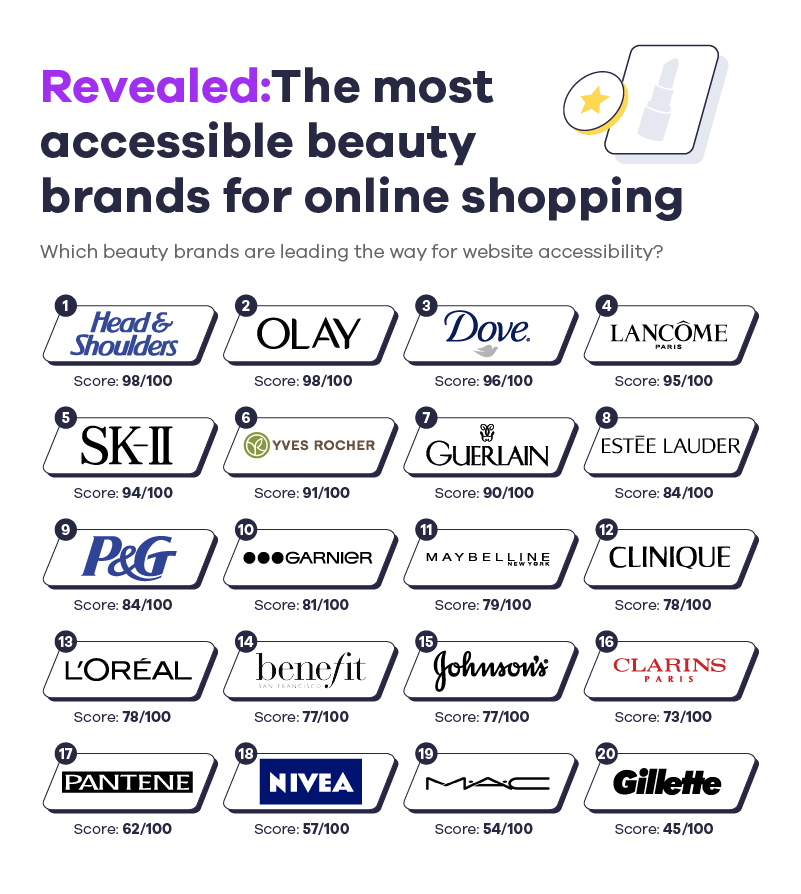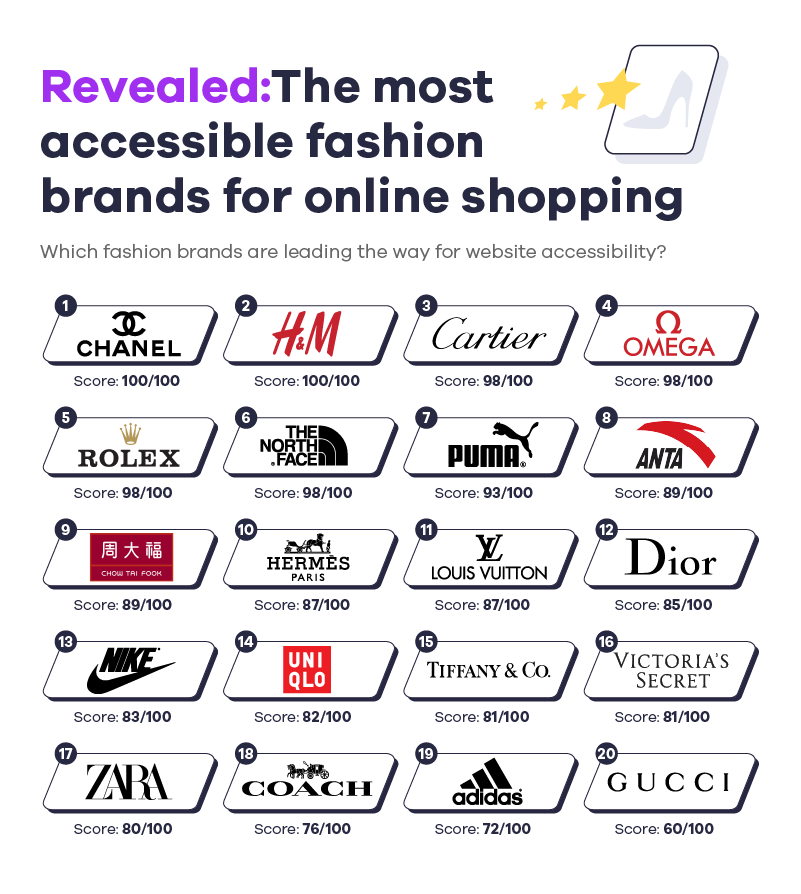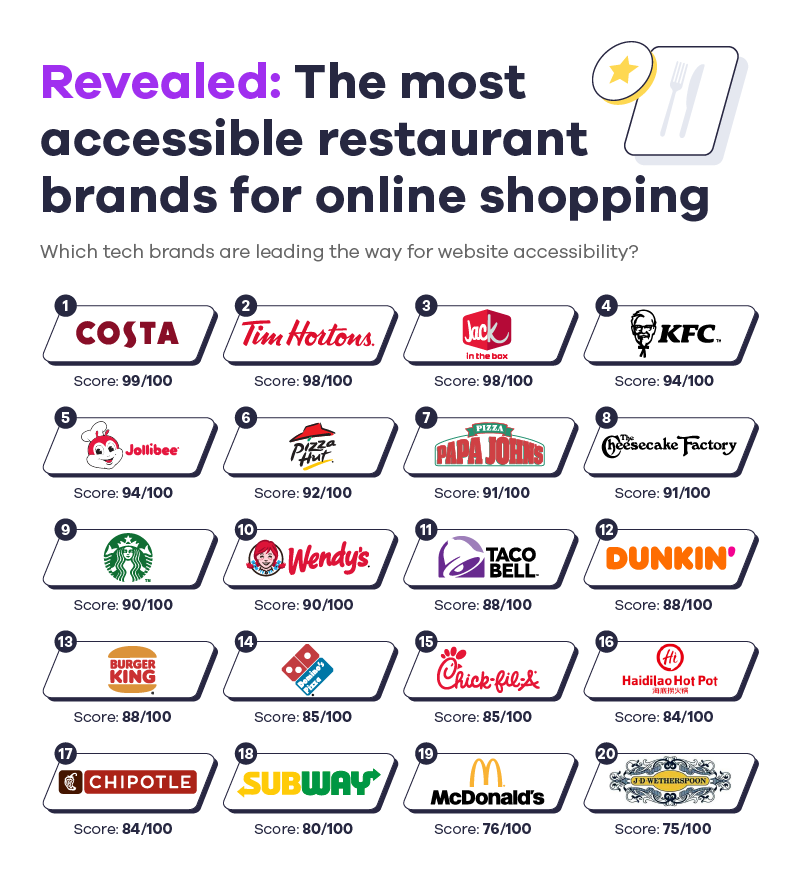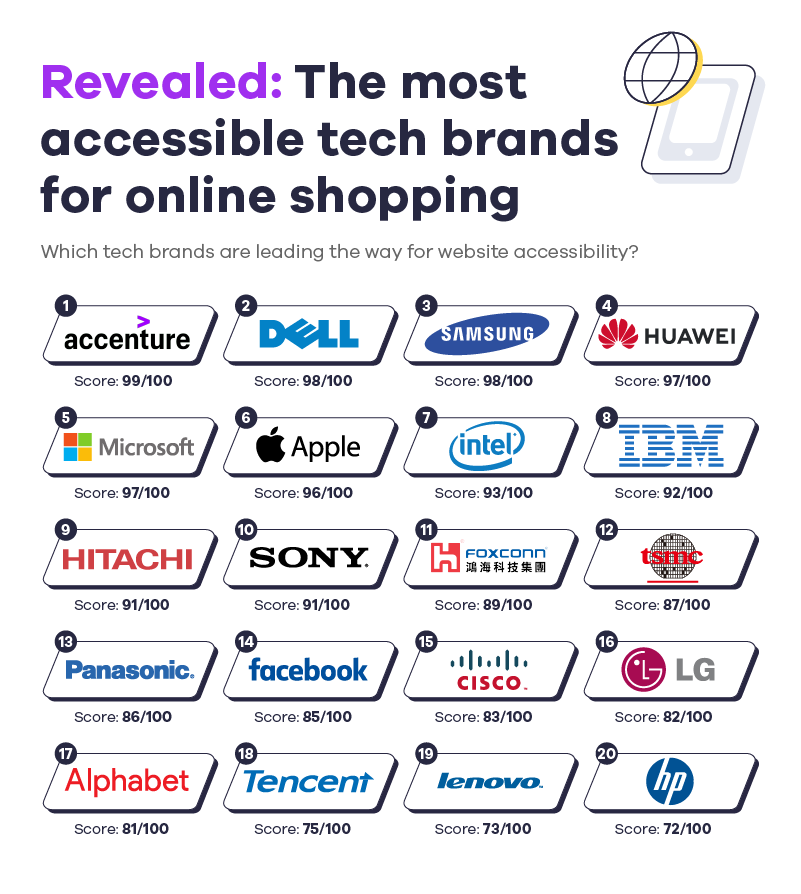When it comes to starting a new business, it is crucial not to leave any of your potential customers feeling alienated by your website and online presence. With around 30 million colour blind people across Europe and around 300 million people in the world with colour vision deficiency, it is important to keep colour-schemes minimal, as relying on different hues to portray different messages or themes can lead to a very bad user experience. Adding effective alt text to images is another way to be inclusive towards people with colour blindness, while also offering the opportunity to improve the optimisation of your website.
As well as colour, contrast needs to be taken into consideration. There are millions of people that suffer from an extreme sensitivity to colour contrast all over the world, including conditions such as glaucoma, diabetic retinopathy and retinitis pigmentosa. This could mean that, if your website design features a bright white background and garish red font with bright yellow images, somebody sensitive to colour contrasts would have to click away.
For people that have general vision impairment, it can be very useful to include the option to enlarge the font on a website, in order to make navigation to different pages a smoother experience. Similarly, if there is a lot of text on the page in general, such as long paragraphs, it could be a sign that your content is not SEO-optimised and could make navigation difficult for people with learning difficulties such as dyslexia. Always ensure that content is short and snappy, making it easier to avoid the need to make the font smaller.
One of the most important aspects of an accessible website is being able to navigate the entire thing by the keyboard alone. Many people suffer from mobility issues such as arthritis, which would make using a trackpad on a laptop or a mouse uncomfortable or even impossible. Being able to move from one page to another using the keyboard would remove the need for excessive hand movement.
Another thing to remember is that lots of visually impaired people use screen readers to browse the internet. This allows people to hear what is on the screen instead of relying on reading it, making it all the more important to maintain a concise tone of voice. Finally, as tempting as it can be to utilise automatic media on your page, this could be potentially shocking for people using software to navigate your website. For example, if somebody was using a screen reader, an automatic video could clash with content being read out. In extreme cases, it could scare people with sensitivity to sound or nervous tendencies, such as anxiety.
Overall, with so many different techniques to make your online presence as inclusive as it possibly can be, there are very few excuses in 2022 for brands, especially extremely valuable ones, to be missing the mark so regularly.












